
How To: Say the names of the planets in Japanese
Watch this video Japanese lesson and learn how to say the planet names in Japanese.


Watch this video Japanese lesson and learn how to say the planet names in Japanese.

Watch these Japanese language video and learn how to give directions. You will learn to use phrases the begin with "May I..." to politely ask people to do things. In addition the video also introduces Hiragana characters.
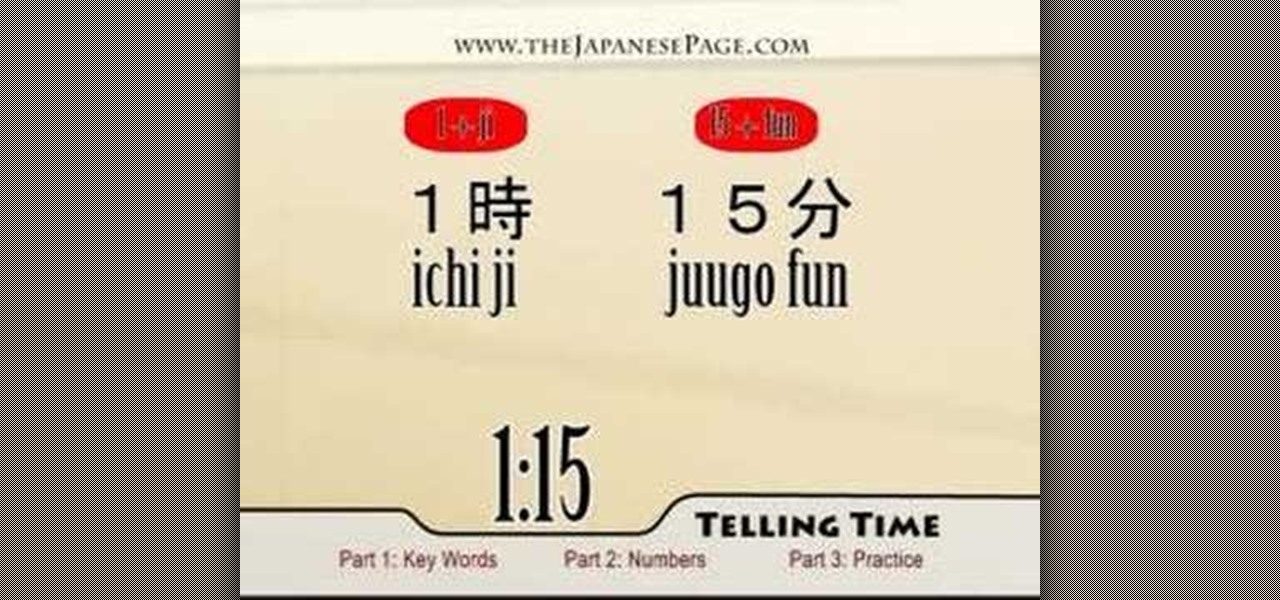
This video will teach you how to tell time in Japanese. It is not for beginners--it is required to know how to say the numbers from 1-60 in Japanese for the video to be effective.
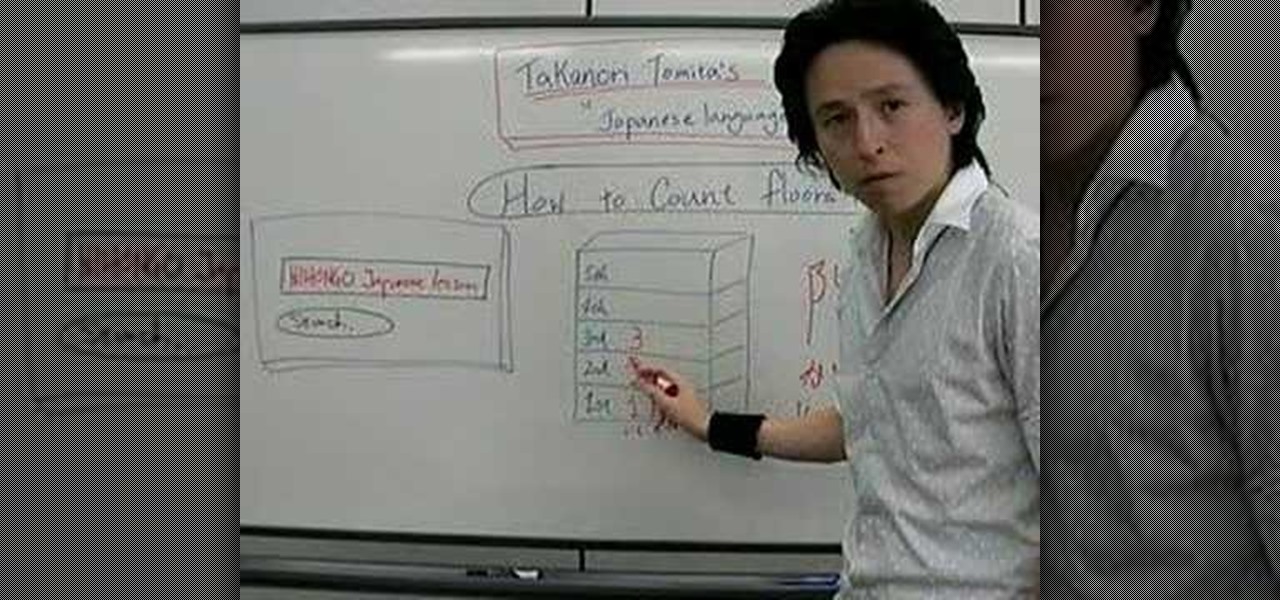
Learn how to count the floors of a building in Japanese. It's easy if you can already count in Japanese.
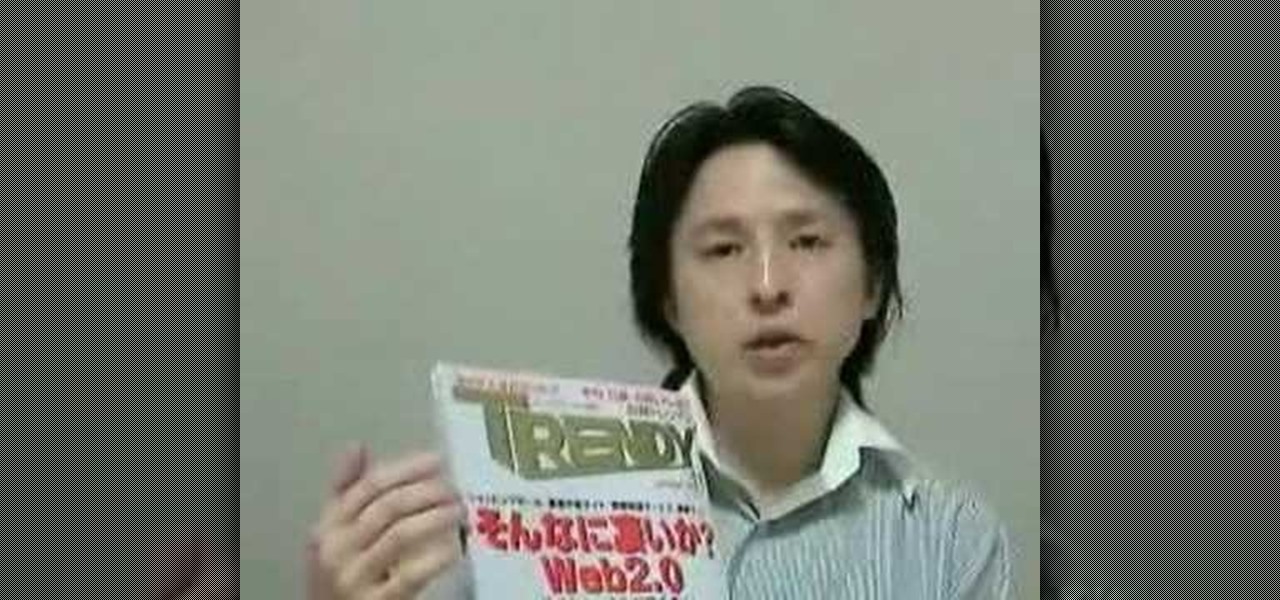
Takanori Tomita teaches you about Japanese symbols (Kanji, Hiragana, Katakana) learn when each type of script is used and how foreign words are written in Japanese.

Rich Myers of Circle of Harmony Aikido and Rei-Mon Buki shows you step by step how to make and carve your own Bokken (Bokutou), including how to choose the proper wood, Custom designing the japanese sword, carving techniqe, and oil finishing.

Check out this video to learn some Japanese hand signals. Part 1 of 2 - How to Use Japanese hand gestures.
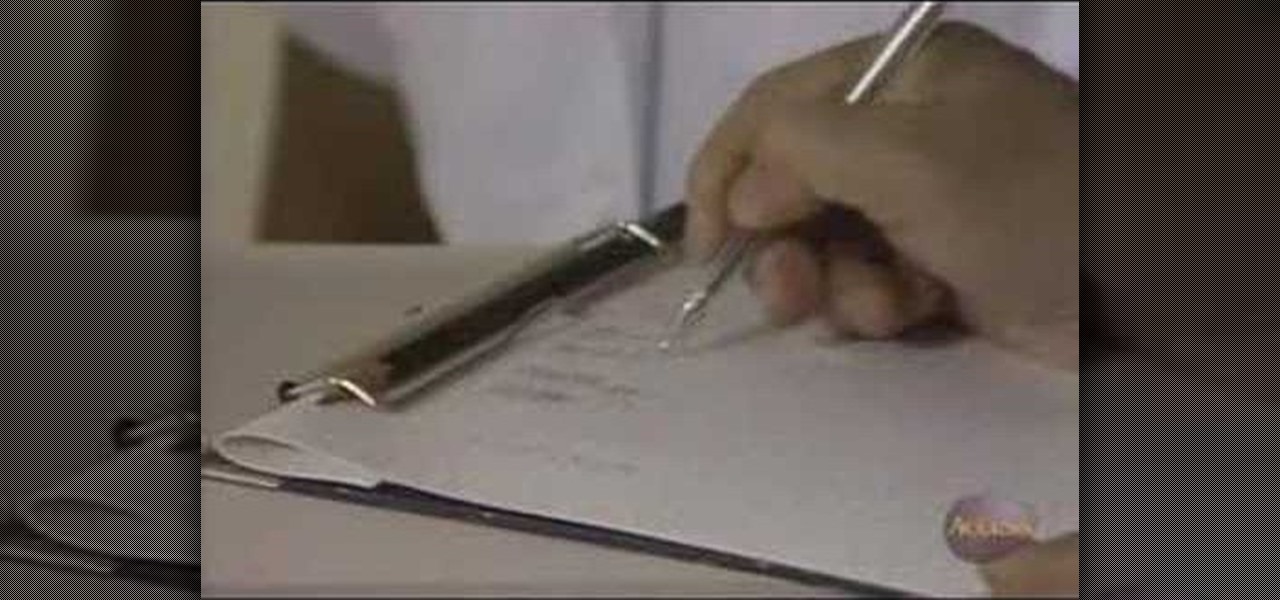
This video entitled "Please turn left at the next corner" will teach you how to politely ask people to do thing. The video introduces the verbs misete kudasai.

This episode is called "Please give me some stamps". Watch these instructional videos and learn how to politely ask for things and a few directional phrase.
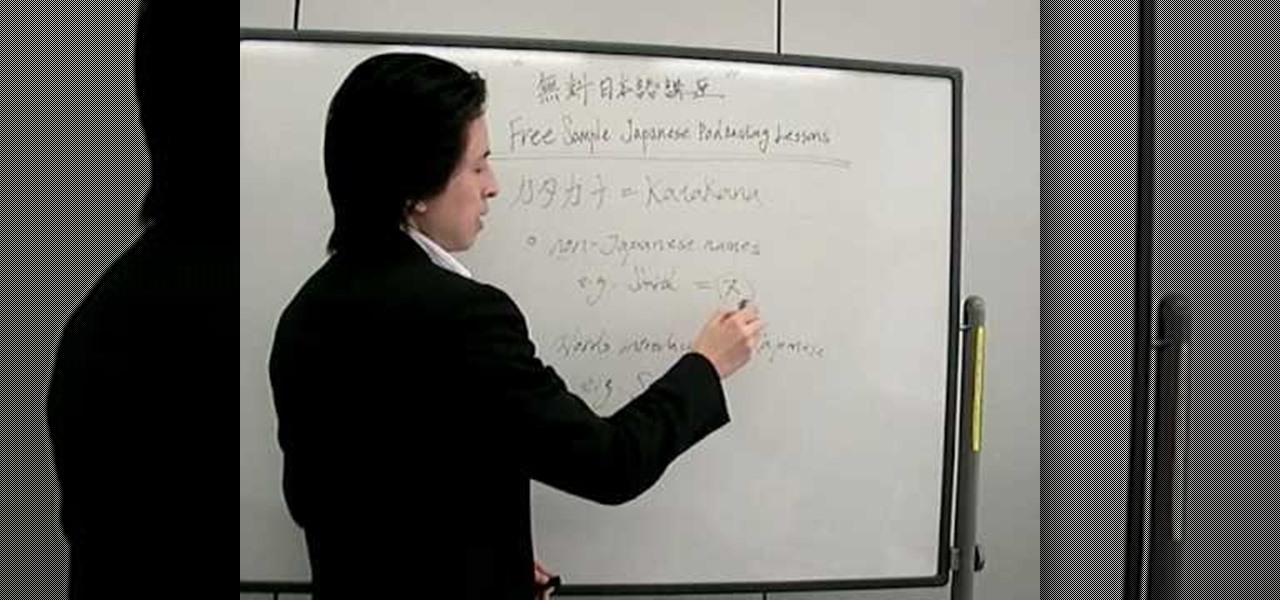
Takanori Tomita shows you how to write in Japanese using katakana. Find out what Katakana is, and how to write names or non-Japanese words in Japanese by using Katakana script.
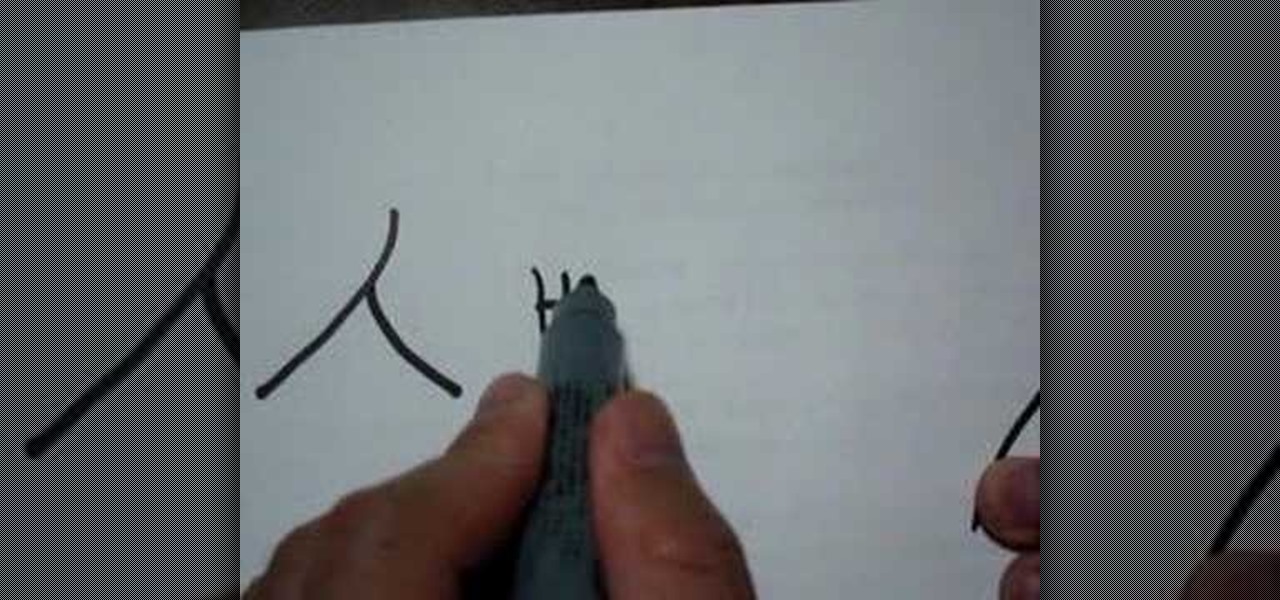
Writing the word “human” using Japanese characters or writing (also known as kanji) is deceptively easy. It can be completed in as little as two downward, curving strokes. Beginning from the top, draw a line downward, curving the direction of the pen or pencil slightly to the left as you go. Next, find the halfway point of the line you have just drawn. Once you have found the halfway point, draw a line from the halfway point downwards and curving slightly to the right. The end result will loo...

Use Japanese hand gestures for counting.

If you ever wanted to learn Japanese? This video will show you basic greeting you will need to start speaking Japanese.

Watch these Japanese language videos and learn to how to ask for permission to do things. You will learn to use the phrase "May I look at this?".

In this video we learn how to pronounce the Japanese "R" sound. About 90% of people learning this language have problems saying this. The "R" sound is a combination of different sounds, not just the "R" sound like it is in English. There are five different ways to say the "R" pronunciation. You will combine all of these sounds together in one sound, unlike English. To help say these more correctly, start out by making out normal English words, pushing your tongue against the top of your mouth...

It couldn't be any simpler than this. You don't need to fuss around to learn Japanese phrases. This instructional video makes it easy as possible by quickly showing you the correct way to say hello in Japanese. It only takes three seconds to pay attention and listen carefully!

Watch this video and listen to a fun hip hop track to learn Japanese Hiragana characters.

Watch this short video and learn seven super useful and common Japanese greetings.

Watch this video to learn directions in Japanese and their symbols. This video offers clever ways to remember the character for each direction.
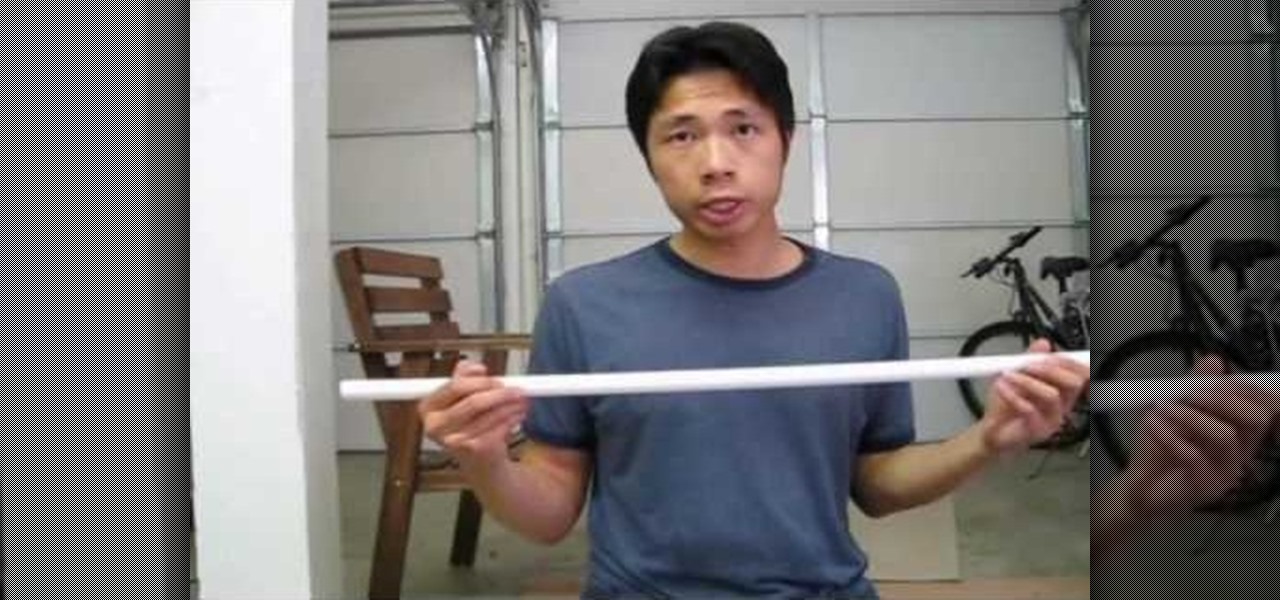
If you're looking to play a samurai or other Japanese inspired character at your next boffer larp, this tutorial is for you. You're shown how to build a foam katana using duct tape, a razor blade, measuring tape, cloth athletic tape, DAP contact cement, liquid craft latex, fabric to cover your blade, rope, fiberglass core, and of course, foam!
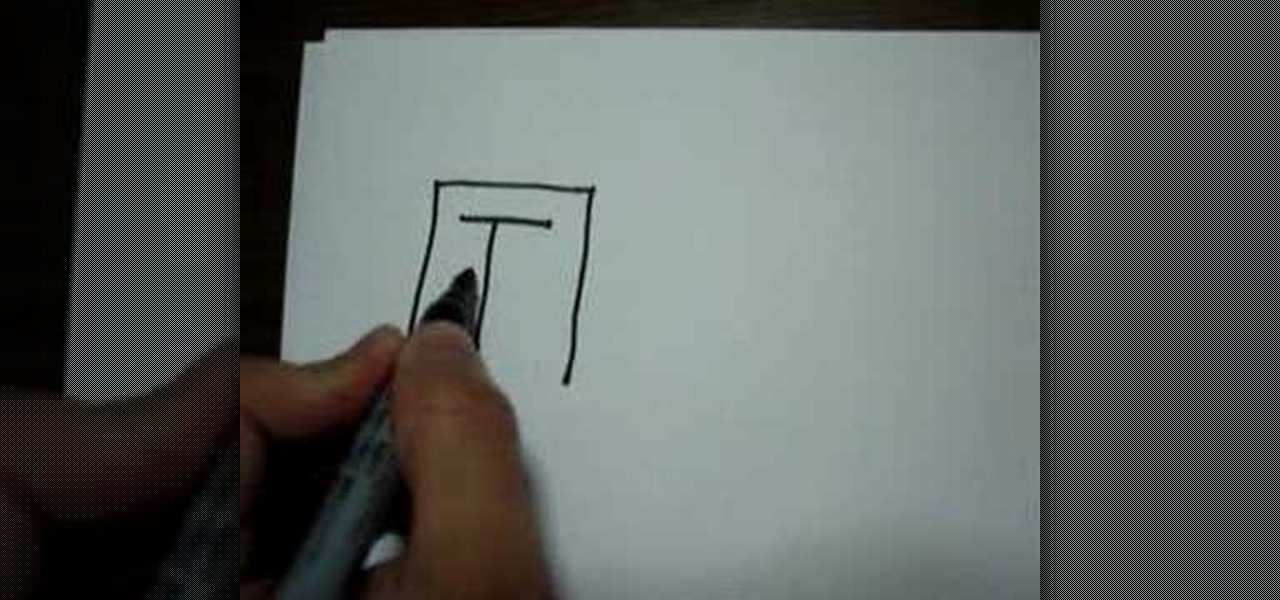
This video tutorial is about Japanese language, and it shows us how to write the Japanese Kanji character "kuni" meaning "country". Our first step is to write a line starting from the top left and finishing in the bottom left. Remember that the order of the strokes in Japanese language are very important; there is just one possible stroke order for every character. After making the first stroke, you will need to make other two lines with only one stroke, starting from the same point than he p...

Watch this video sequence and learn how to ask someone if they dislike or like something and also how to respond to such a question.

Watch this video and learn how to pronounce the months of the year in Japanese.

Learn how simple it can be to write out numbers in Japanese using Kanji characters by watching this video.
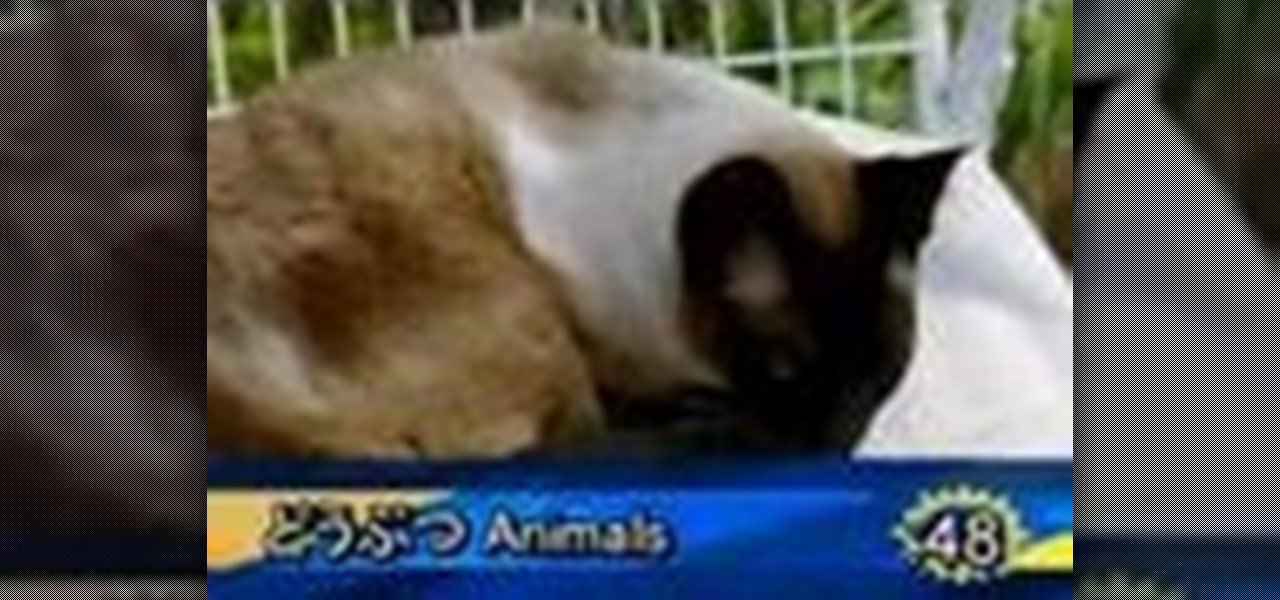
Watch this video to learn how to say the names of common animals such as dogs, cats, fish, birds, and Godzilla in Japanese. The video offers special methods of remembering the name of each animal.
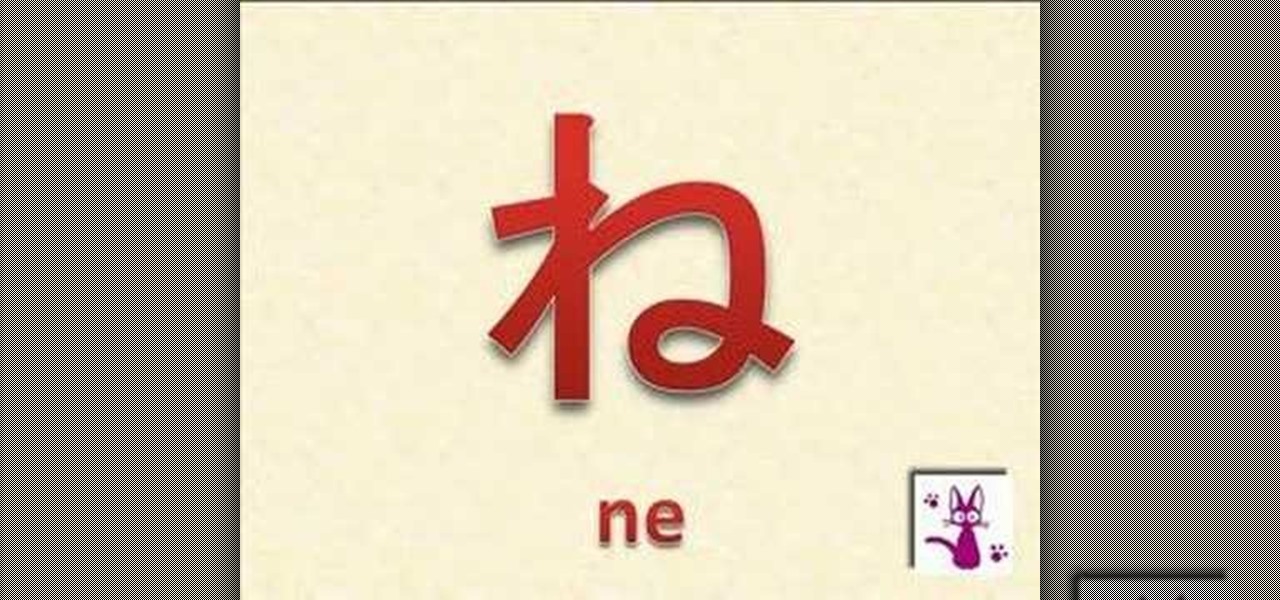
Learn how to say and recognize the basic sounds and their Hiragana symbols in Japanese.
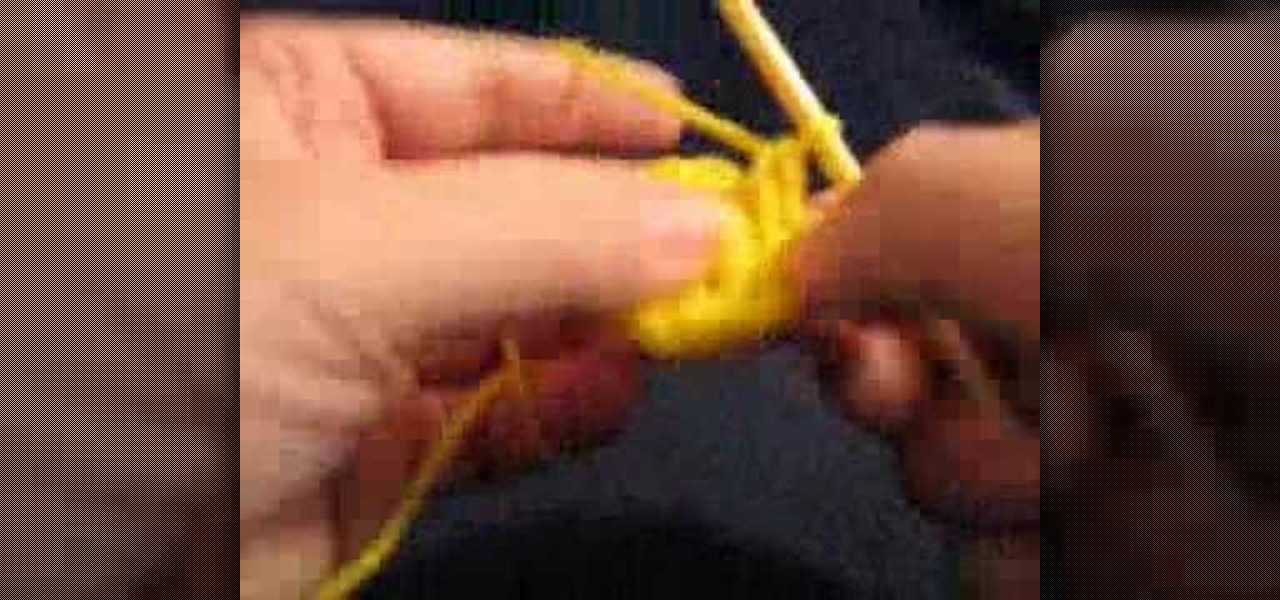
This crochet how to video is a demonstration of how to make a stuffed ball shape using single crochet in the style of amigurumi.

Stay tuned for the always enjoyable Cooking With Dog. This cooking show is hosted by a DOG named Francis! The show demonstrates how to make popular Japanese dishes.
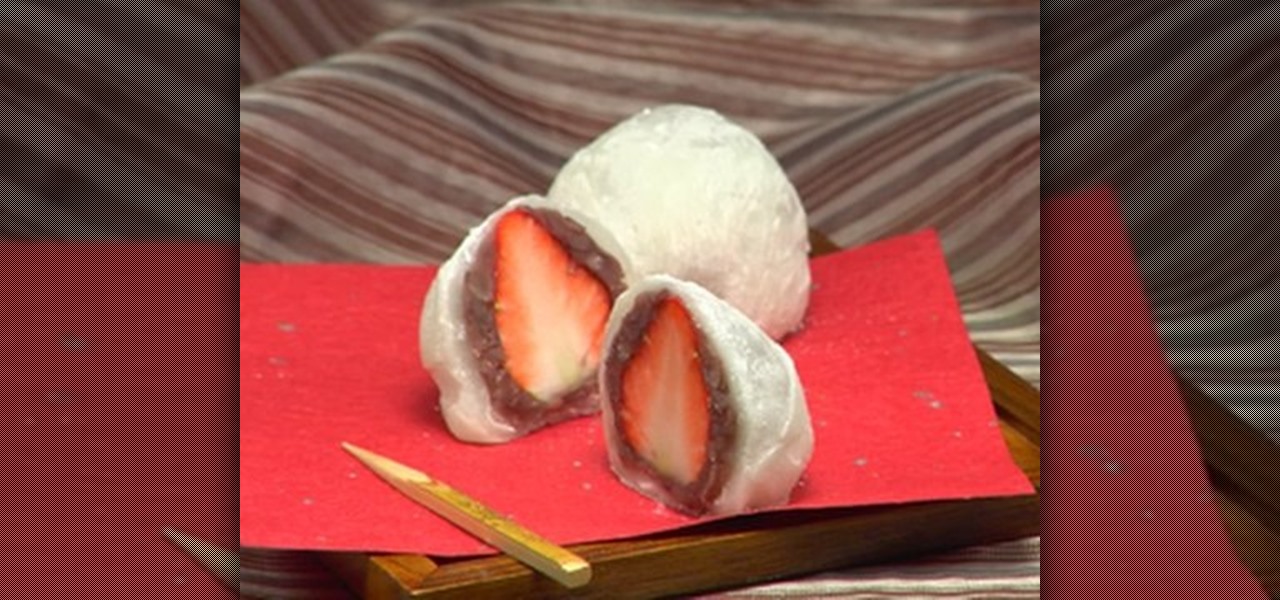
Stay tuned for the always enjoyable Cooking With Dog. This cooking show is hosted by a DOG named Francis! The show currently focuses on how to make popular Japanese dishes. Learn how to prepare Japanese Ichigo Daifuku, aka strawberry Daifuku. This is a Japanese dessert.

An oshibori is a Japanese wet hand towel. With an oshibori you can make all kinds of things, just like origami. Oshibori Origami is the latest Japanese craze sweeping the nation! Instead of paper, we're making origami from wet Japanese hand towels. Oshibori origami is easier than traditional origami, and more fun, too!
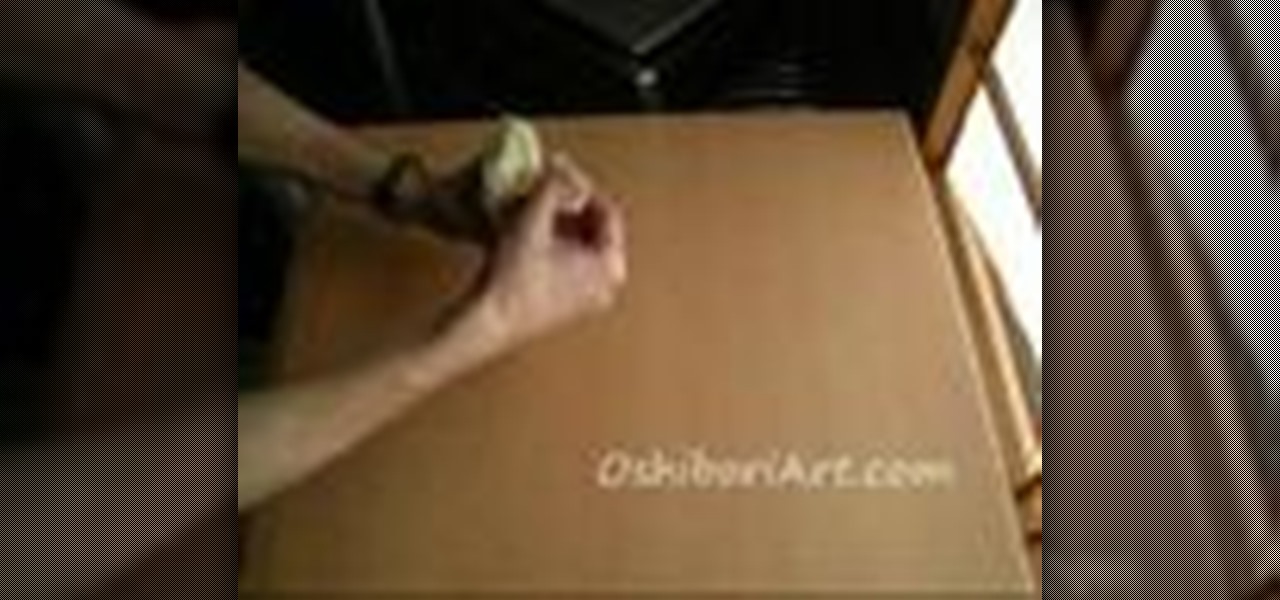
An oshibori is a Japanese wet hand towel. With an oshibori you can make all kinds of things, just like origami. Oshibori Origami is the latest Japanese craze sweeping the nation! Instead of paper, we're making origami from wet Japanese hand towels. Oshibori origami is easier than traditional origami, and more fun, too!

An oshibori is a Japanese wet hand towel. With an oshibori you can make all kinds of things, just like origami. Oshibori Origami is the latest Japanese craze sweeping the nation! Instead of paper, we're making origami from wet Japanese hand towels. Oshibori origami is easier than traditional origami, and more fun, too!
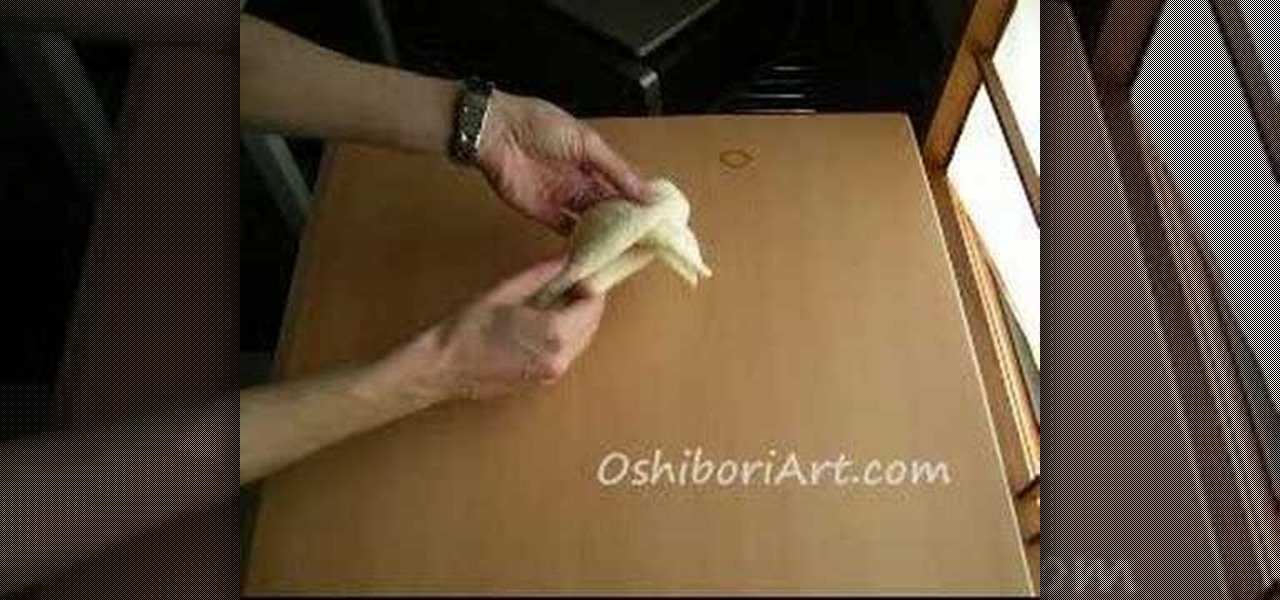
An oshibori is a Japanese wet hand towel. With an oshibori you can make all kinds of things, just like origami. Oshibori Origami is the latest Japanese craze sweeping the nation! Instead of paper, we're making origami from wet Japanese hand towels. Oshibori origami is easier than traditional origami, and more fun, too!
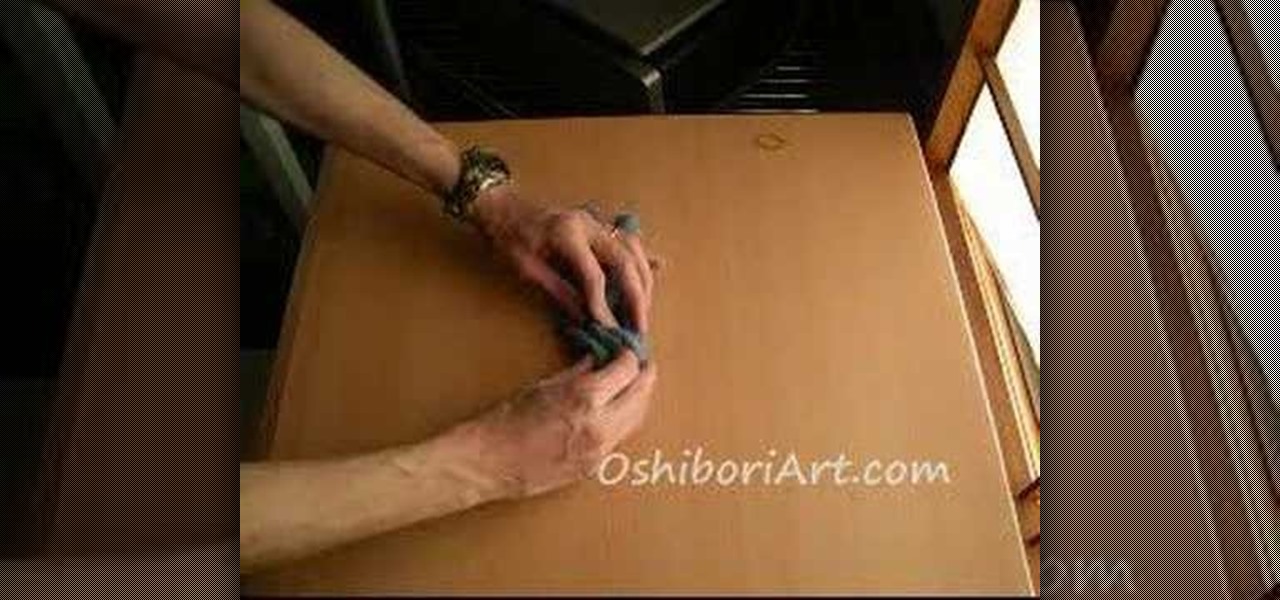
An oshibori is a Japanese wet hand towel. With an oshibori you can make all kinds of things, just like origami. Oshibori Origami is the latest Japanese craze sweeping the nation! Instead of paper, we're making origami from wet Japanese hand towels. Oshibori origami is easier than traditional origami, and more fun, too!
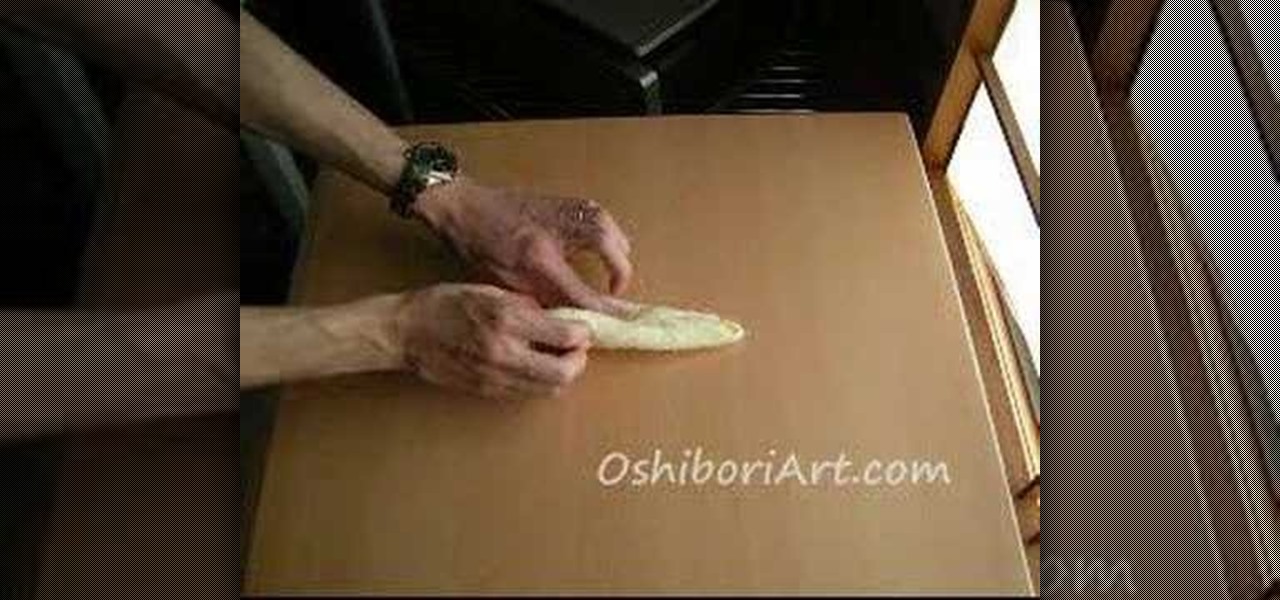
Here I show you how to make an oshibori origami Godzilla.

Learning a new language can be a hard and trying task. It takes time and patience to fully understand and use a language. Something else that can be difficult is confessing your love to someone. So in this tutorial, you'll find out how to confess your love for someone in Japanese. So good luck and enjoy!

This video language lesson explains how to hold polite dinner conversation in Japanese, focusing on traditional Japanese table etiquette. At the beginning of a meal, a typical thing to hear is "itadakimasu". Translated literally, it means, "I will partake." When finished with a meal, everyone says, "gochiso-sama", which is a way of expressing respect for the meal. The names of the utensils used in a Japanese meal are "hashi" (chopsticks), spoon (same as in English) and "foh-ku" (fork), "coppu...

This video is for entry level Japanese language students to help them practice basic conversation. Watch, listen, and repeat.
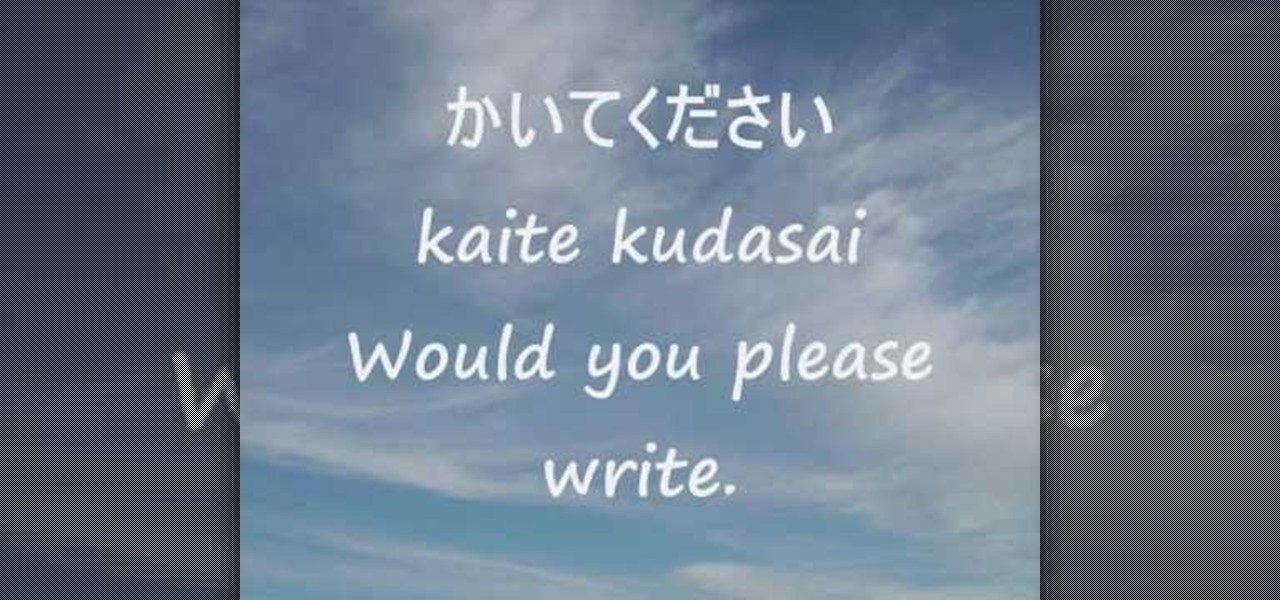
This video is shows you how to conjugate Japanese verbs into the te-form. The te-form is useful for connecting sentences, watch and learn.
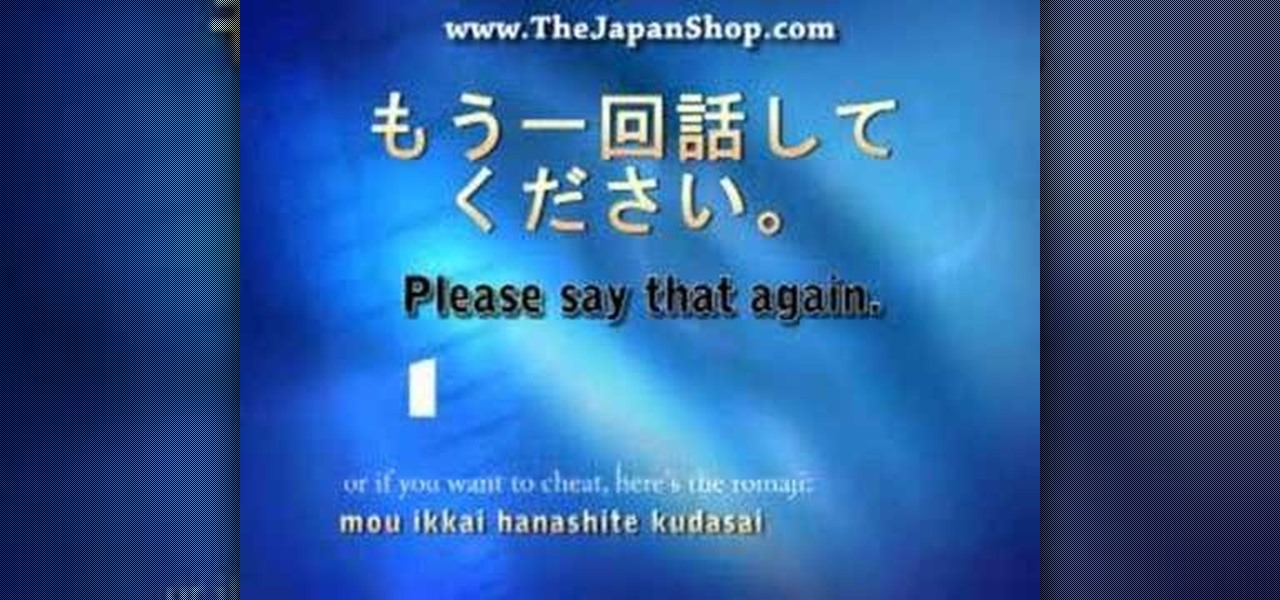
Watch this video and learn three useful phrases when the meaning is unclear during a Japanese conversation.